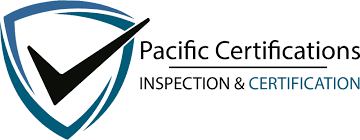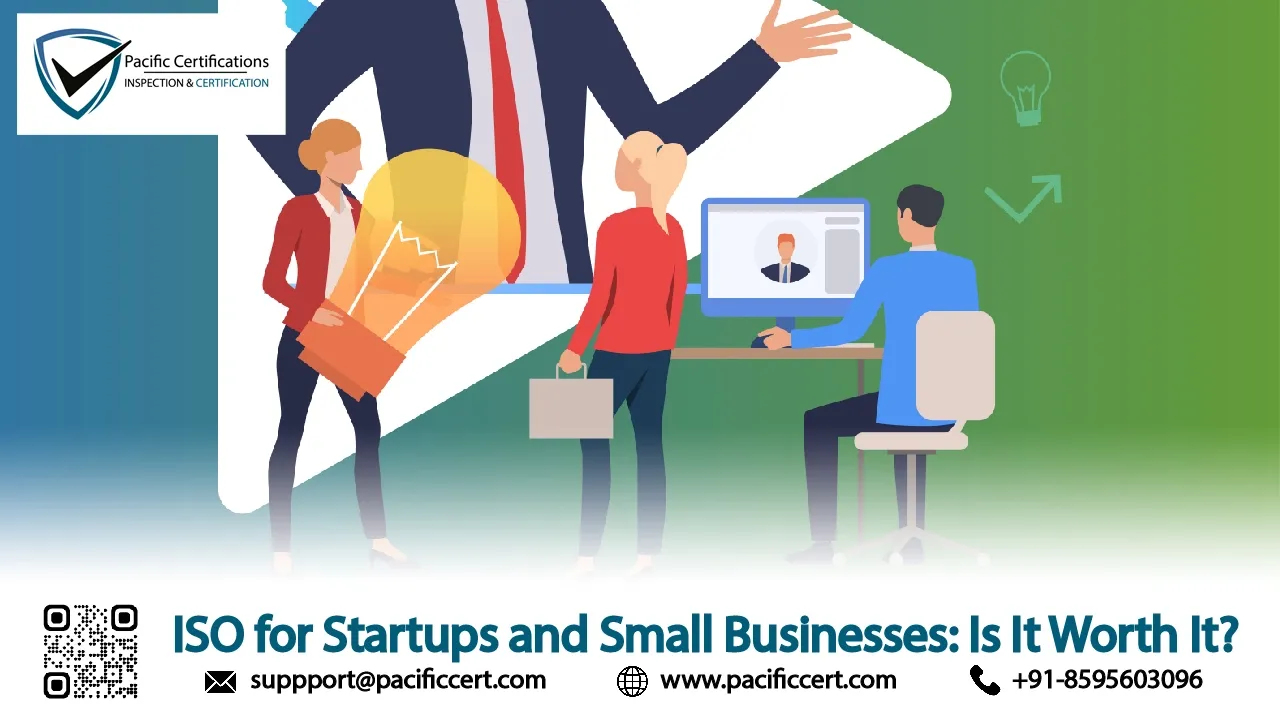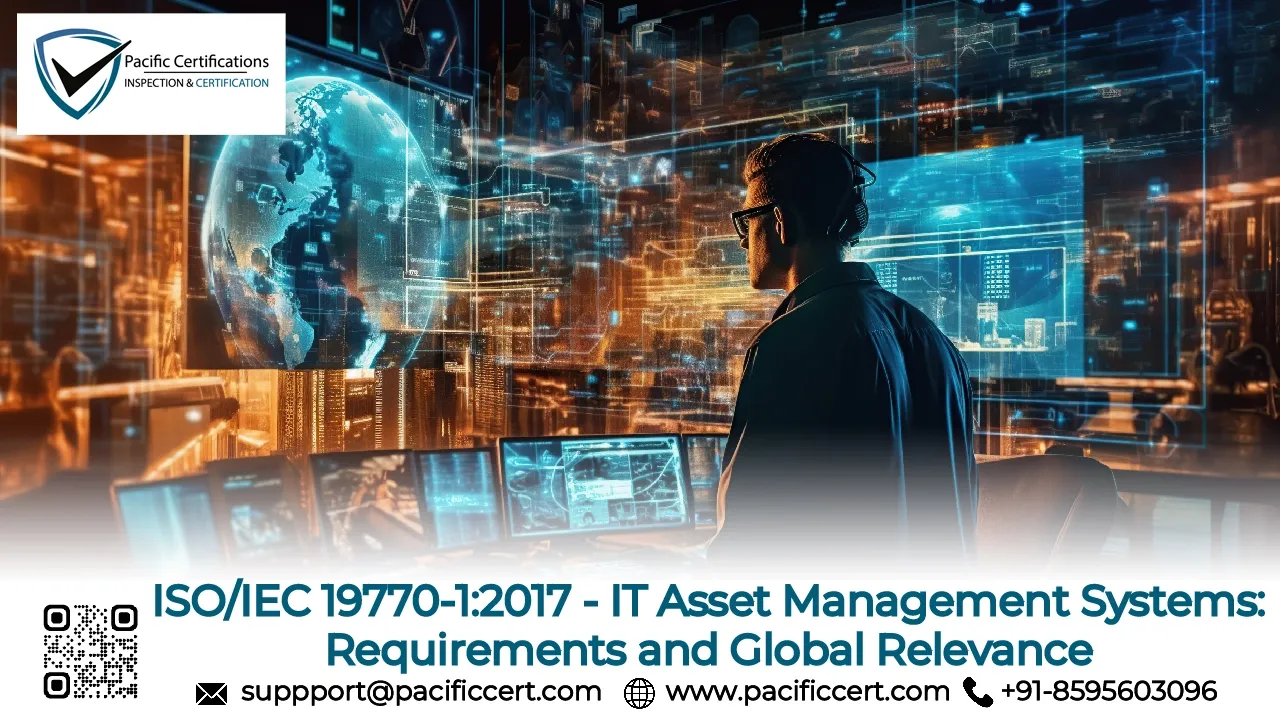
Introduction
As digital transformation accelerates, organizations are increasingly reliant on a growing inventory of software and virtual assets. Yet, most enterprises still lack an auditable approach to track and manage their IT assets across their lifecycle. This often results in underutilized software licenses and unplanned technology spending.
ISO/IEC 19770-1:2017 is the international standard that provides a structured and certifiable framework for implementing an effective IT Asset Management System (ITAMS). By aligning IT asset lifecycle practices with governance, risk, and compliance objectives, ISO/IEC 19770-1 enables organizations to manage their digital infrastructure more strategically and cost-effectively.
Looking to bring discipline and cost control to your IT environment? Contact Pacific Certifications at support@pacificcert.com to begin your ISO/IEC 19770-1 certification journey!
What is ISO/IEC 19770-1:2017?
ISO/IEC 19770-1:2017 is the first part of the ISO/IEC 19770 series focused on IT Asset Management (ITAM). It specifies the requirements for establishing, implementing and maintaining an IT asset management system that is aligned with other ISO management system standards, such as ISO/IEC 27001 (Information Security) and ISO 9001 (Quality Management).

The standard applies to software, hardware, and cloud-based IT assets throughout their entire lifecycle, from acquisition to disposal. It supports organizations in maintaining visibility, control, and accountability over their technology resources, reducing financial and legal risks while improving efficiency.
Clause-wise Structure of ISO/IEC 19770-1:2017
| Clause | Title | Purpose |
| 1 | Scope | Defines the applicability and boundaries of the ITAMS |
| 2 | Normative References | References related standards and documents |
| 3 | Terms and Definitions | Provides definitions for ITAM-related terminology |
| 4 | Context of the Organization | Understands internal and external issues, stakeholder needs |
| 5 | Leadership | Management commitment, roles, responsibilities, and governance |
| 6 | Planning | Risk-based planning and objectives for the ITAMS |
| 7 | Support | Resources, communication, awareness, and documentation |
| 8 | Operation | Execution of ITAM processes, procedures, and controls |
| 9 | Performance Evaluation | Monitoring, measurement, audits, and reviews |
| 10 | Improvement | Corrective actions, nonconformity management, and continual improvement |
What are the requirements of ISO/IEC 19770-1:2017?
To meet ISO/IEC 19770-1 requirements, an organization must design and implement an IT Asset Management System (ITAMS) that is:
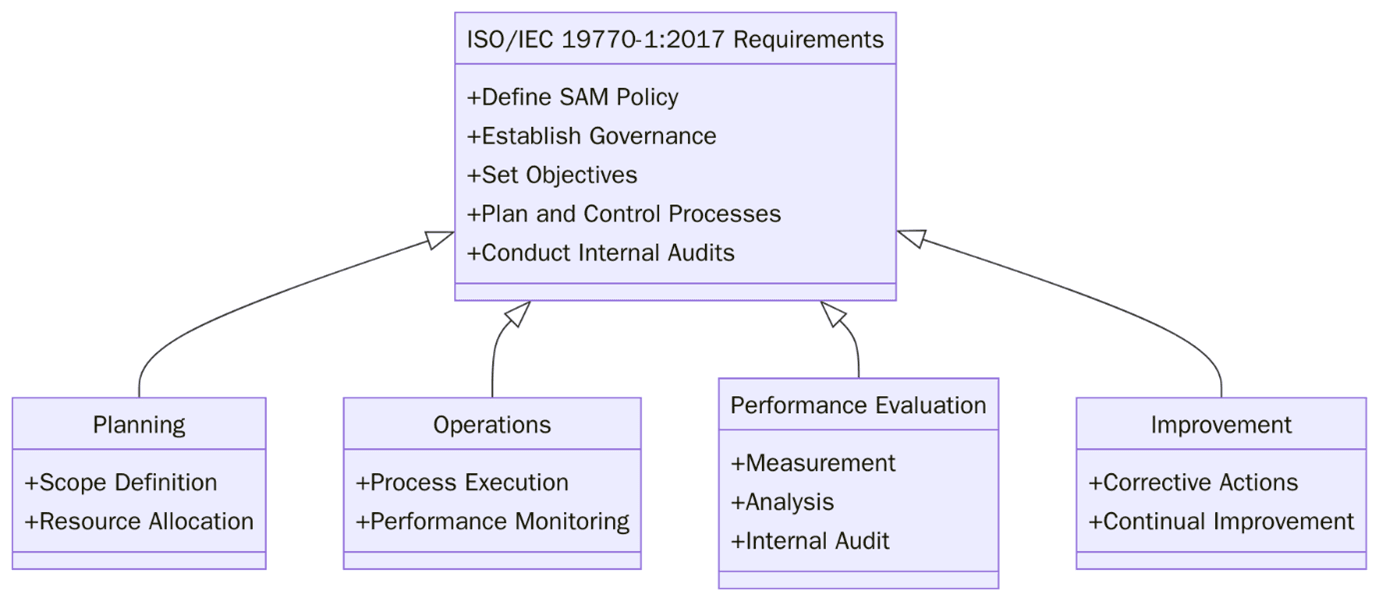
- Risk-based and stakeholder-focused, considering external and internal challenges (Clause 4).
- Led by accountable management, ensuring executive ownership and active involvement in ITAM governance (Clause 5).
- Strategically planned, including clear ITAM objectives, risk assessments, and integration with overall business goals (Clause 6).
- Adequately resourced, with competent personnel, defined roles, documented processes, and robust communication channels (Clause 7).
- Operationally sound, with procedures that cover asset discovery, classification, procurement, usage monitoring, maintenance, reassignment, and secure disposal (Clause 8).
- Regularly reviewed, using internal audits, performance metrics, and stakeholder feedback to evaluate ITAM effectiveness (Clause 9).
- Continuously improved, by addressing non-conformities, enhancing controls, and adapting to emerging technology or compliance needs (Clause 10).
The ITAMS must also account for the management of software license agreements, entitlements and associated data security risks, making it a comprehensive system that cuts across IT and cybersecurity functions.
Email support@pacificcert.com to schedule an audit aligned with ISO/IEC 19770-1:2017.
Benefits of ISO/IEC 19770-1:2017
- Enables full lifecycle management of software, hardware, and cloud resources
- Prevents over- or under-licensing and protects against vendor audit penalties
- Demonstrates due diligence in software usage, asset ownership, and cybersecurity
- Tracks assets across multiple environments and prevents shadow IT risks
- Aligns IT spend with actual usage and business value, reducing unnecessary costs
- Provides real-time asset intelligence to support capacity planning and digital transformation
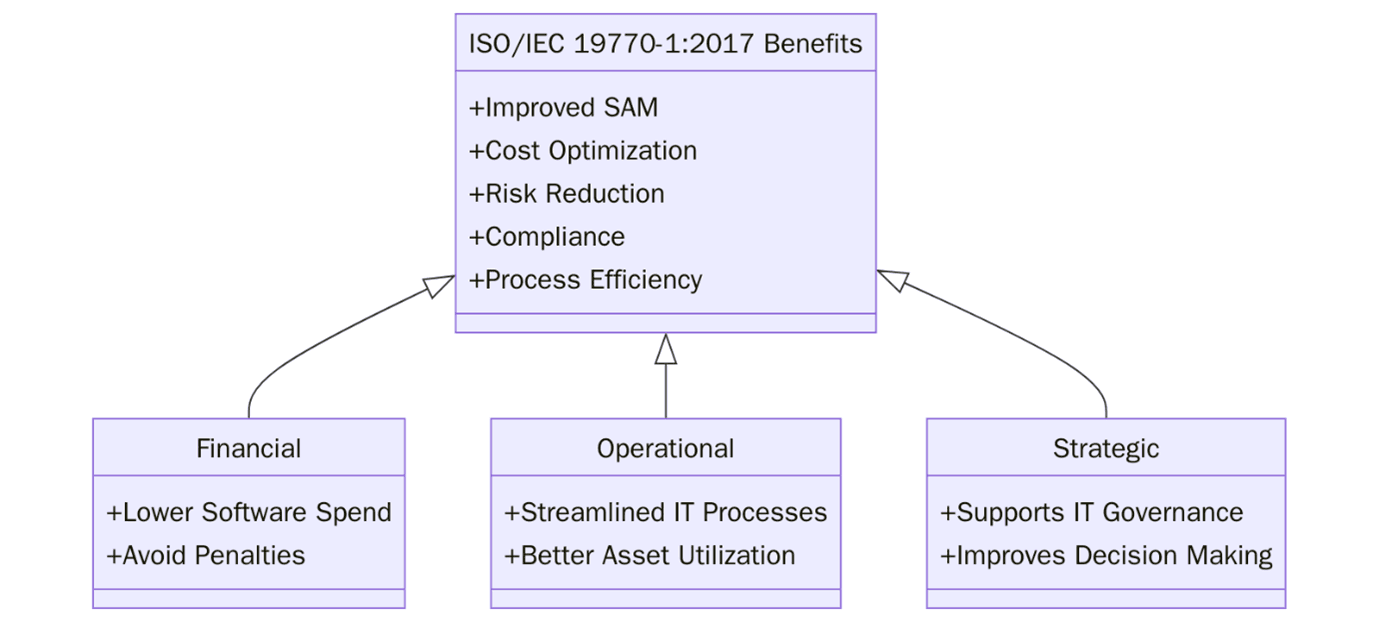
Globally, organizations are under pressure to manage their digital infrastructure more transparently due to increasing cybersecurity threats, software compliance audits, cloud subscription sprawl, and ESG reporting requirements. This has led to a rapid rise in the adoption of IT Asset Management frameworks like ISO/IEC 19770-1:2017.
In the United States, ITAM is becoming a compliance-critical function in both the private sector and federal contracting—especially for software licensing, cloud resource tracking, and IT security audits under frameworks like NIST and CMMC.
Across Europe, the Digital Operational Resilience Act (DORA) and GDPR place stringent requirements on IT asset traceability and data residency, making ISO/IEC 19770-1 a key enabler of risk and compliance reporting.
In Asia-Pacific, countries like Australia, Japan, Singapore, and India are adopting ISO/IEC 19770-1 practices to improve IT efficiency and prevent financial leakage in public-sector procurement and large-scale digital infrastructure projects.
ISO/IEC 19770-1 certification can position you as a compliant, trusted partner. Contact Pacific Certifications at support@pacificcert.com.
Implementation Timeline
| Phase | Estimated Duration |
| Awareness and planning | 1–2 weeks |
| IT asset inventory and gap analysis | 3–4 weeks |
| Policy and procedure development | 4–6 weeks |
| System implementation and training | 6–8 weeks |
| Internal audits and management review | 2–3 weeks |
| Certification audit (Stage 1 & 2) | 3–4 weeks |
Organizations with existing ISO/IEC 27001 or ISO 9001 systems may experience shorter timelines due to overlapping clauses and shared controls.
Cost of ISO/IEC 19770-1 Certification
The cost of certification depends on several factors:
- Organization size and complexity of IT infrastructure
- Number of physical and virtual assets under management
- Geographic spread and number of locations
- Existing management systems (ISO/IEC 27001, 9001) for integration
Costs include:
- Gap assessment and pre-certification audit (optional)
- Documentation review and system setup
- Certification audit (Stage 1 and Stage 2)
- Annual surveillance and re-certification fees
SMEs may incur lower audit and implementation costs, especially when using a phased approach or integrating with existing ISO standards.
Want a cost estimate tailored to your ITAM environment? Contact Pacific Certifications at support@pacificcert.com for a quote.
How Pacific Certifications Can Help?
As an accredited certification body, Pacific Certifications offers end-to-end audit and certification services for ISO/IEC 19770-1:2017. Whether you are starting from scratch or integrating with existing systems, we provide:
- Gap assessments and readiness evaluations
- Stage 1 and Stage 2 audits by experienced ITAM professionals
- Integrated audits with ISO/IEC 27001, ISO 9001, and ISO 20000
- Documentation review and compliance verification
- Annual surveillance and re-certification audits
We also support training programs to upskill your IT, procurement, and compliance teams in ISO/IEC 19770-1 best practices.
Ready to transform how you manage IT assets? Contact Pacific Certifications today at support@pacificcert.com to begin your ISO/IEC 19770-1 certification process.
FAQs – ISO/IEC 19770-1:2017
Q1. Is ISO/IEC 19770-1 certifiable?
Yes. Unlike other parts of the ISO/IEC 19770 series, Part 1 is a certifiable standard and can be audited for compliance.
Q2. What types of assets are covered?
The standard covers software, hardware, cloud subscriptions, mobile devices, licenses, and even virtual assets like containers and VMs.
Q3. Can it be integrated with ISO/IEC 27001 or ISO 9001?
Absolutely. ISO/IEC 19770-1 shares common structure with other ISO standards, enabling seamless integration within your management system.
Q4. Who should lead the implementation?
Typically, the IT department leads with support from procurement, finance, cybersecurity, and compliance teams.
Q5. Is the standard relevant for cloud-native organizations?
Yes. ISO/IEC 19770-1 is particularly useful for managing SaaS, IaaS, and hybrid-cloud assets where visibility and licensing are critical.
Ready to get ISO 19770 certified?
Contact Pacific Certifications to begin your certification journey today!
Suggested Certifications –
Read more: Pacific Blogs
